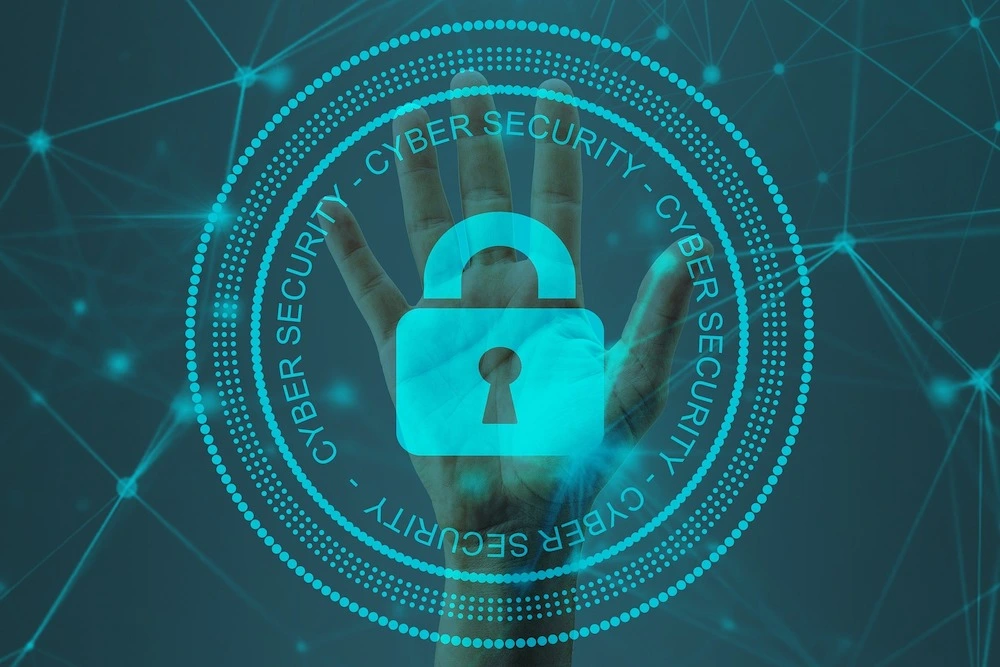Digital forensics and traditional investigations are two distinct approaches to gathering evidence and uncovering facts in criminal or civil cases. While traditional investigations primarily focus on physical evidence, witness testimonies and surveillance, digital forensics deals with digital devices, data and online activities. However, in recent years, the line between these two investigative methods has become increasingly blurred, leading to the need for bridging the gap between them. One crucial aspect of bridging the gap between digital forensics and traditional investigations is recognizing the significance of digital evidence in modern cases. As technology advances, more and more criminal activities are committed or facilitated through digital means. From cybercrimes and data breaches to online fraud and intellectual property theft, the digital realm has become a treasure trove of evidence. Understanding the value of digital evidence is crucial for investigators as it can provide critical insights into motive, intent and the digital trail left by perpetrators.

Another essential aspect of bridging the gap is fostering collaboration and knowledge sharing between digital forensic experts and traditional investigators. Both fields bring unique skills and perspectives to the table. Traditional investigators possess expertise in crime scene analysis, witness interviews and physical evidence collection, while digital forensic experts excel in data recovery, analysis and identifying digital footprints. By working together and exchanging knowledge, these professionals can complement each other’s strengths and maximize the effectiveness of their investigations. Training and education also play a pivotal role in bridging the gap. Traditional investigators should receive training on basic digital forensic techniques, such as preserving digital evidence at a crime scene and understanding the potential relevance of digital devices in a case. Conversely, digital forensic experts should receive training in traditional investigative techniques, such as evidence chain of custody, witness interview techniques and legal procedures. This cross-training can empower both parties to integrate digital evidence seamlessly into their investigations and adapt their methodologies to the changing landscape of crime.
Moreover, the adoption of advanced technologies and tools can significantly enhance the collaboration between digital forensics and traditional investigations and investigate this page https://lifeviewresources.com/. Law enforcement agencies and investigative bodies should invest in cutting-edge software, hardware and training to equip their personnel with the necessary tools to handle digital evidence effectively. These technologies include digital forensic software for data analysis, mobile device forensic tools and cloud-based storage solutions for securely managing large amounts of data. By leveraging these tools, investigators can bridge the gap between the physical and digital realms, enabling them to reconstruct events more accurately and present a comprehensive case in court. In conclusion, bridging the gap between digital forensics and traditional investigations is essential in today’s technologically driven world. Recognizing the value of digital evidence, is fostering collaboration between experts, providing comprehensive training and adopting advanced technologies are key steps in bridging this gap. By integrating these approaches, investigators can harness the full potential of both digital and physical evidence, leading to more thorough and effective investigations in the pursuit of justice.